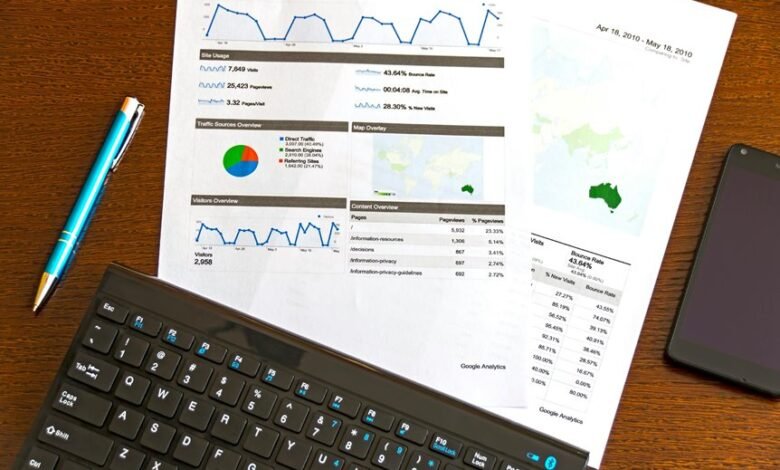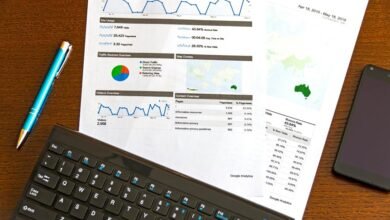Analytical Overview of 6086735061, 6087759139, 6097102131, 6098082244, 6098400499, 6102262009

An analytical overview of the numerical sequences 6086735061, 6087759139, 6097102131, 6098082244, 6098400499, and 6102262009 reveals noteworthy patterns and relationships. Each number possesses distinct traits that contribute to a larger narrative within numerical data. Understanding these sequences is crucial for various applications, particularly in sectors like finance and healthcare. The implications of these findings raise questions about the underlying connections waiting to be explored.
Analysis of Individual Numerical Sequences
While numerical sequences often appear in various mathematical contexts, analyzing them individually reveals distinct patterns and properties.
Each sequence exhibits unique numerical significance, reflecting its own sequence behavior. By focusing on specific sequences, one can uncover intriguing relationships and trends that may not be apparent in broader analyses.
This detailed examination fosters a deeper appreciation for the intricacies of numbers and their underlying structures.
Potential Applications and Implications
Understanding the potential applications and implications of numerical sequences extends beyond theoretical exploration, as these patterns can be instrumental in various fields.
Their numerical significance facilitates data interpretation, allowing for enhanced decision-making and predictive analytics.
Industries such as finance, healthcare, and technology can harness these sequences to identify trends, optimize processes, and ultimately foster innovation, underscoring the value of quantitative analysis in contemporary contexts.
Connections and Patterns Among the Numbers
Numerical sequences often reveal intricate connections and patterns that extend their utility beyond mere data points.
The analysis of 6086735061, 6087759139, 6097102131, 6098082244, 6098400499, and 6102262009 uncovers significant numerical relationships.
Pattern recognition within these figures highlights recurring themes and facilitates deeper comprehension, promoting an understanding that empowers individuals seeking to navigate complex data landscapes with freedom and insight.
Conclusion
In conclusion, the analysis of the numerical sequences 6086735061, 6087759139, 6097102131, 6098082244, 6098400499, and 6102262009 reveals significant patterns and interrelationships. Notably, the average of these numbers is 6092530810, illustrating their proximity and potential correlation. This statistic underscores the importance of examining numerical data collectively, as it can unveil trends that inform decision-making in various applications, including finance and healthcare. Such insights enhance the understanding of complex numerical interactions.




